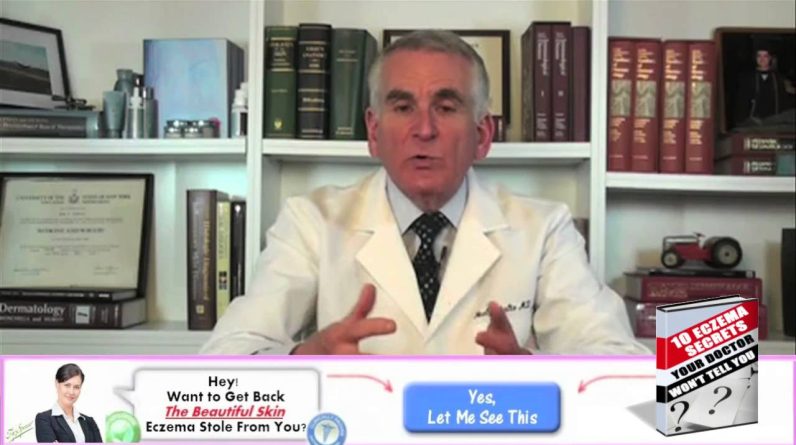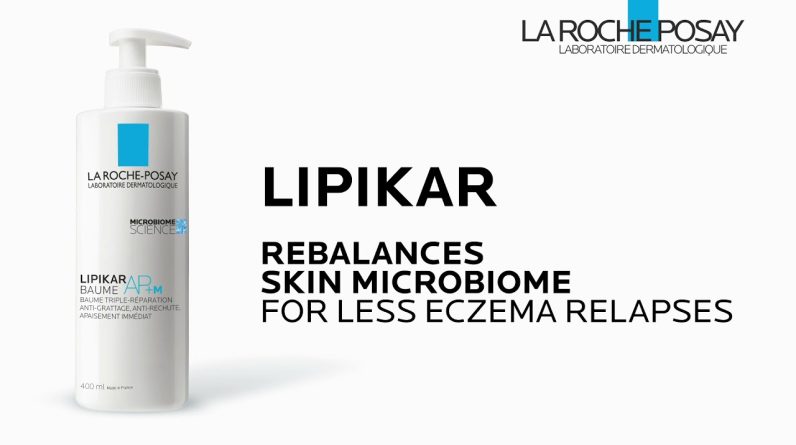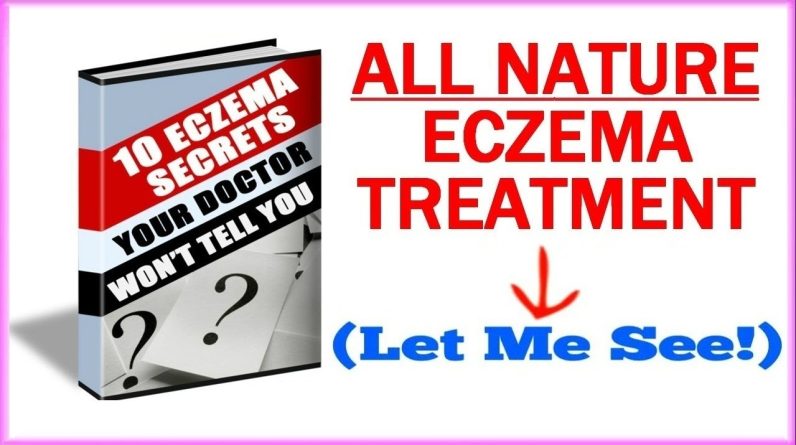Provate Cream 15g/ Ointment 15g Each gram consane 0.64ing Belametasone propionate
USP equivalent to 0.5mg Betamethasone
Provate Lotion 30ml. Each mi contains 0.54mg Betamethasone Dipropionate USP equivalent to 0.5mg Betamethasone Provate-G Cream / Ointment 15g. Each gram contains Betamethasone Dipropionate U.S.P equivalent to 0.5ing Betamethasone and Gentamicin Sulphate USP equivalent to 1mg Gentamicin
Provate-5 Ointment 15g. Each gram contains 0mg Betamethasone Dipropionate equivalent
to 0.5mg Betamethasone and 30mg Salicylic Acid
Provate-5 Lotion 30ml. Each ml contains 0.64mg Betamethasone Dipropionate equivalent
to 0.5mg Betamethasone and 20mg Salicylic Acid
Indications:
Provate Cream/Ointment/Lotion: For the relief of inflammatory manifestations of resistant or severe psoriasis and corticoid responsive dermatoses Provate-G Cream/Ointment For the relief of inflammatory manifestations of resistant or severe psoriasis and corticoid responsive dermatoses when complicated by secondary infections caused by organisms susceptible to Gentamicin including sensitive strains of streptococci (group A beta hemolytic alpha hemolytic), staphylococcus aureus (coagulase positive coagulase negative and some penicilinase strains) and gram negative bacteria. pseudomonas aeruginosa, Aerobacher aerogenes, Escherichia col Proteus vulgaris and klebsiella pneumonide or when the possibility of such infections is suspected. Such disorders include psoriasis, contact dermatitis, atopic dermatitis infantile eczema, allergic dermatitis), neurodermatitis (lichen simplex chronicus, lichen planus, eczema (including nummular eczema, hand eczema, eczematous dermatitis), intertrigo, dyshidrosis (pomphalyx), seborrheic dermatitis, exfoliative dermatitis, solar dermatitis, stasis dermatits and anogenital and senile pruritus. It is indicated for the topical relief of subacute/chronic hyperkeratotic and dry corticosteroid responsive dermatoses. Conditions for which Provate-S ointment provides relief include psoriasis, chronic atopic dermatitis, neurodermatitis, lichen planus, icthyosis vulgaris and seborrhea of the scalp like disorders
Dosage:
Cream & Ointment: Apply thin film to completely cover the affected area twice daily, once in the morning and at night. For some patients adequate maintenance therapy may be achieved with less frequent application
Lotion: Apply a few drops of Provate/Provate-5 lotion to the affected area and massage gently and thoroughly into the skin or scalp twice daily, in the morning and at night. For some patients adequate maintenance therapy may be achieved with less frequent application
Contra-Indications: Patients with a history of sensitivity reactions to betamethasone dipropionate, other corticosteroids, gentamicin sulphate and salicylic acid or any components of Provate Cream/Ointment, Provate-G Cream/Ointment and Provate-S Ointment. Provate and Provate-S Lotion Provate products are contraindicated in viral infections of the skin such as vaccinia, varicella and herpes simplex, also tuberculosis, acne rosacea, fungal skin infections, parioral dermatitis and ulcerative conditions
Precautions:
Discontinue treatment if imitation or sensitization develops and institute appropriate therapy. Administer antifungal or antibacterial agent with the presence of an infection. Any of the side effects that are reported following systemic use of corticosteroids, including adrenal suppression of topical corticosteroids will be increased if extensive body surface areas are treated or if the occlusive technique is used Suitable precautions should be taken under these conditions ar when long-term use is anticipated, particularly is infants and children. Use of topical antibiotic occasionally allows overgrowth of non susceptible organisms including fungi. if this occurs or imtation sensitization or superinfection develops, treatments with gentamicin should be discontinued and appropriate therapy instituted. Excessive or prolonged use of topical Salicylic Acid may cause symptoms of salicylism. Treatment of salicylism is symptomatic Administer oral sodium bicarbonate to alkalinize the urine and force diuresis. Provate products should not be used in or near the eyes. Contact with the mucous membranes should be avoided
Adverse Reactions:
Most commonly mild to moderate burning, stinging, dry skin, pruritus and irritation. Other reactions with corticosteroids:
Hypertrichosis, acneform eruptions, hypopigmentation, perioral dermatitis, allergic contact dermatitis, maceration of the skin, secondary infection, skin atrophy, striae and miliaria. Treatment with gentamicin has produced transient irritation (erythema and pruritus) that usually did not require discontinuance of treatment. Continuous application of salicylic acid may cause dermatitis. Salicylic acid and corticoid combination is reported to cause burning. dryness, sensation of pain and rhagades,
source



![[Parents Tips (Eczema) EP07 - Travel and Hotel] How to choose hotel and what to pack for travel? 2 1704036968 maxresdefault](https://eczemanews.com/wp-content/uploads/2023/12/1704036968_maxresdefault-796x445.jpg)




